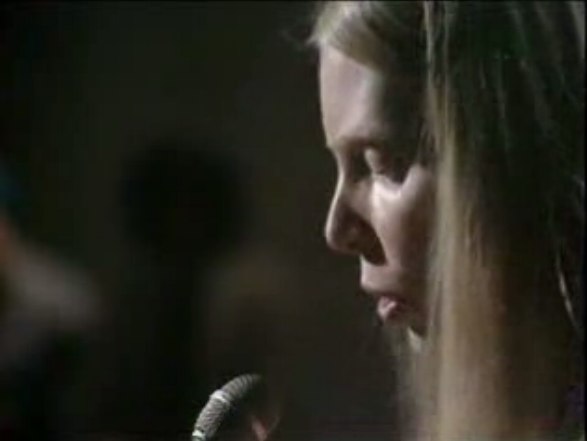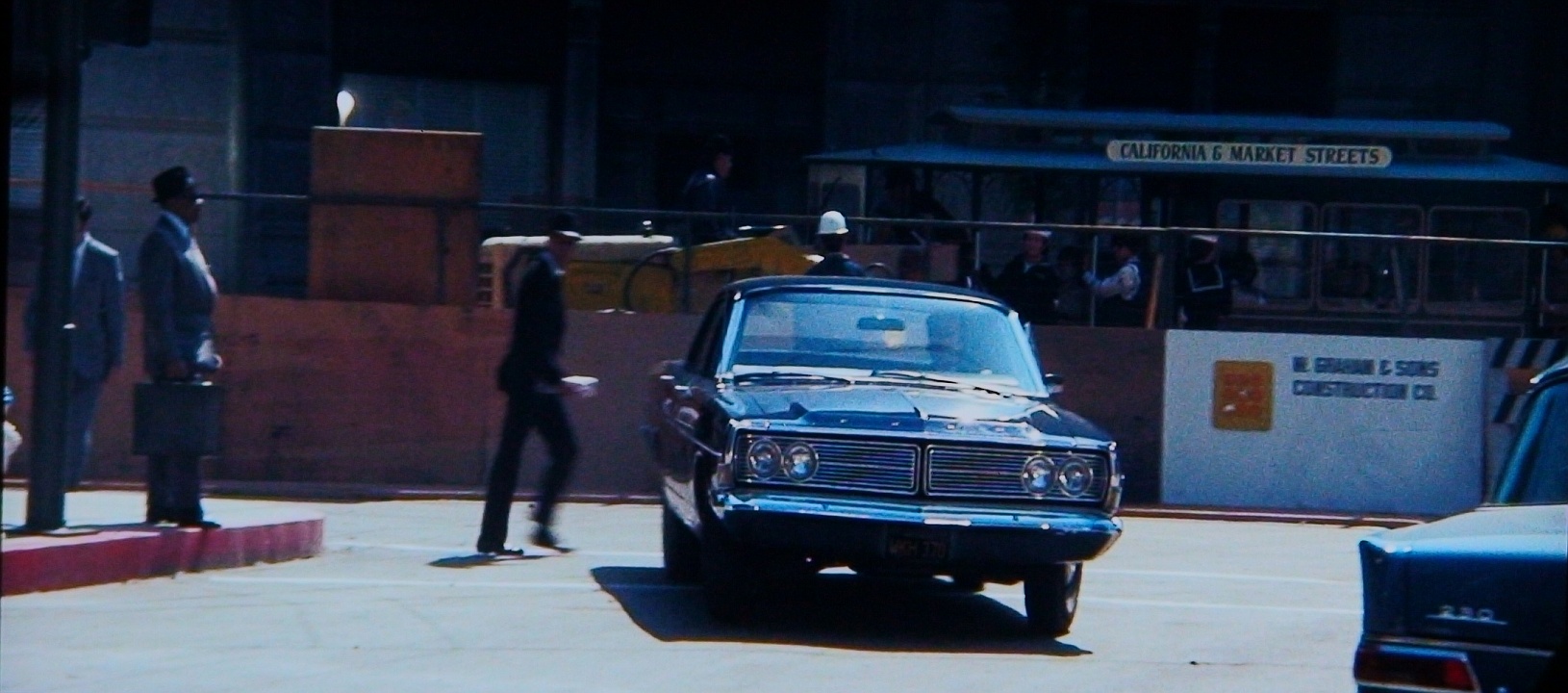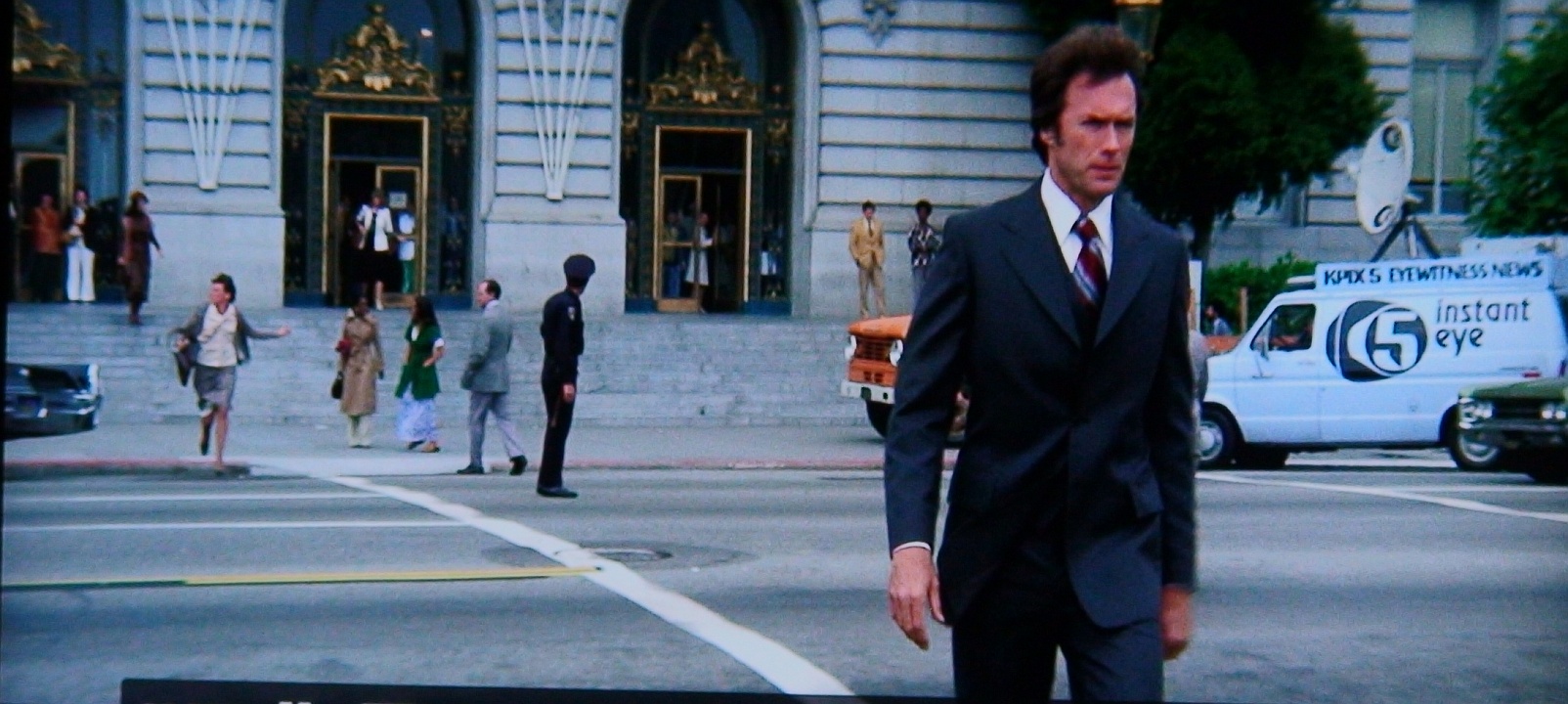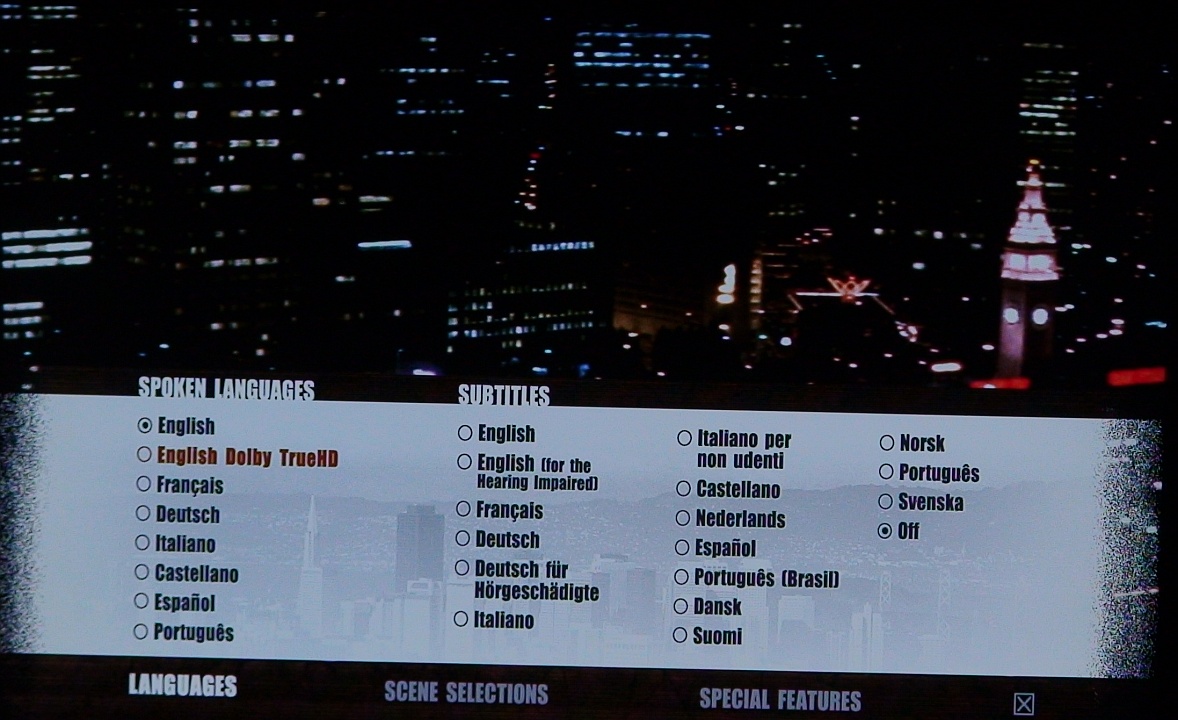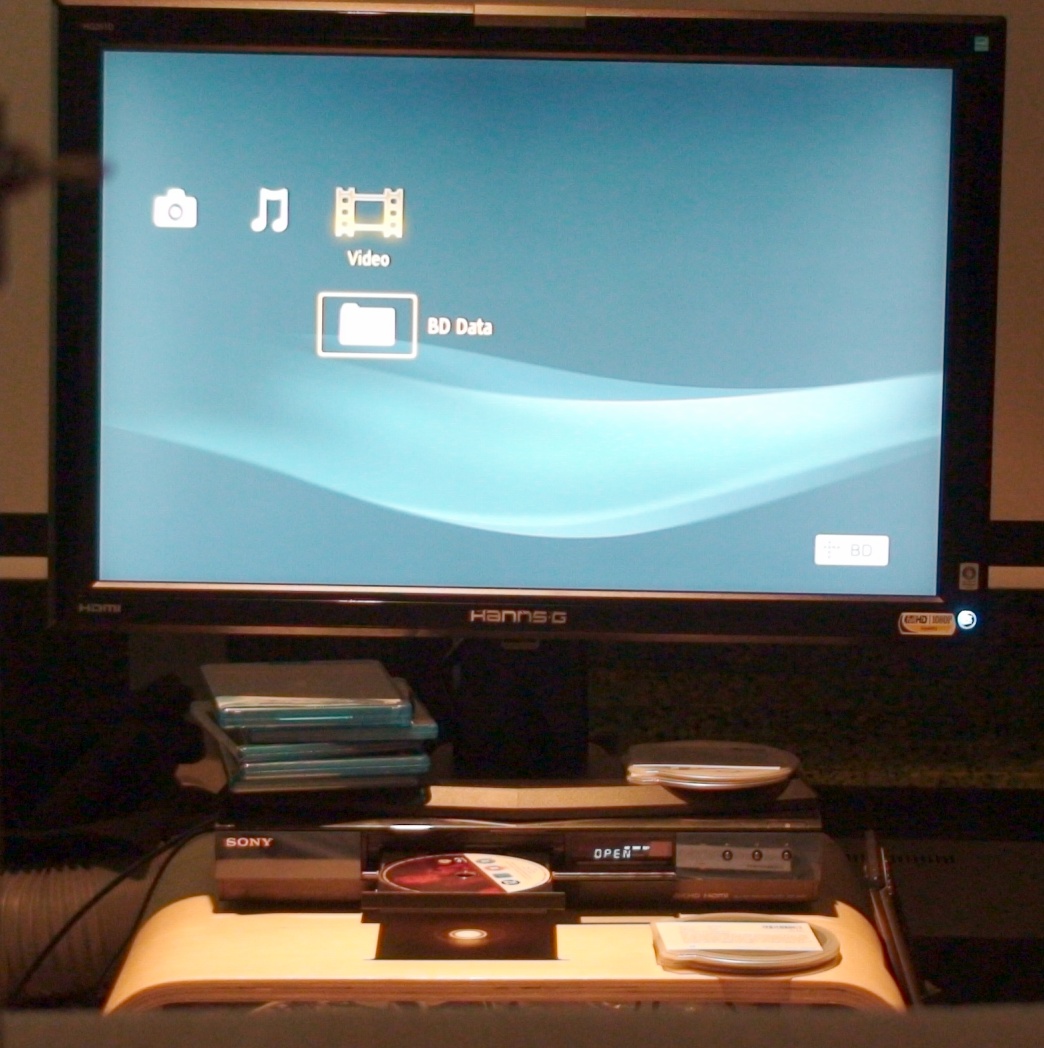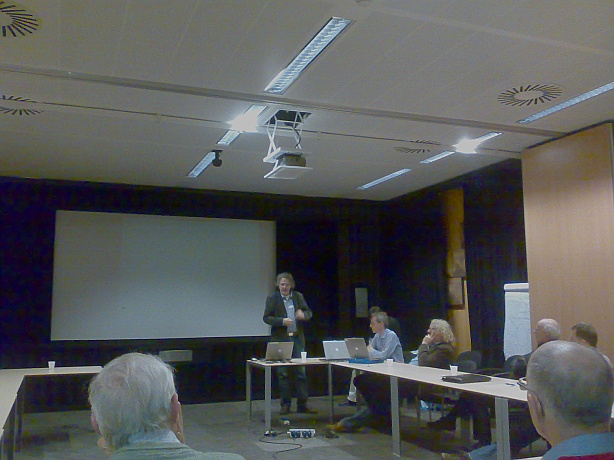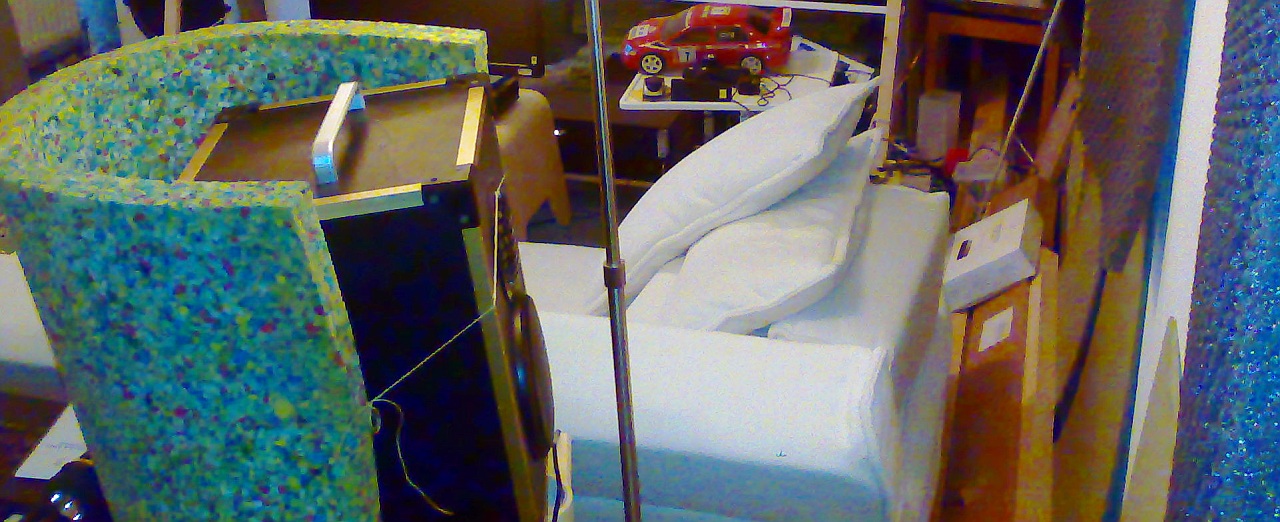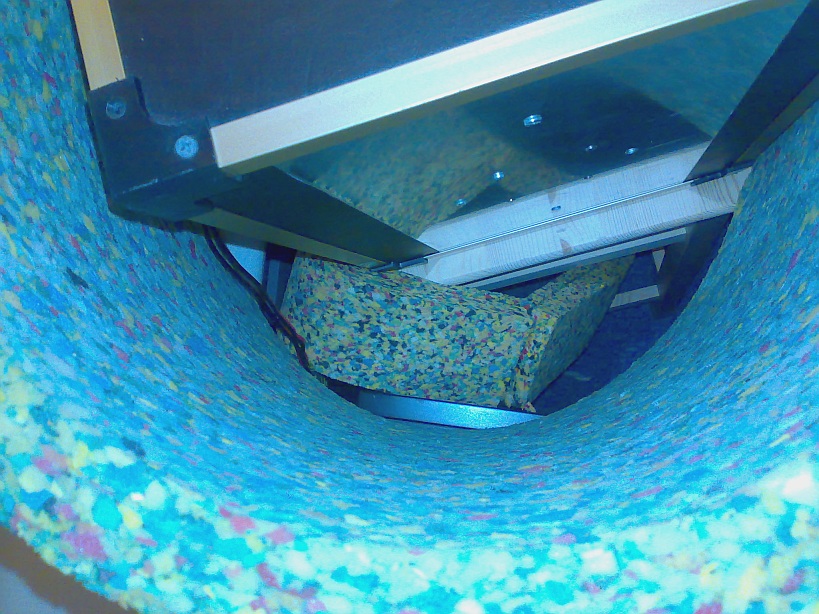I've ditched the usual header for the moment, I think it doesn't help much anyhow.
This page is copyrighted by me, and may be read and transfered by any means only as a whole and including the references to me. I guess thats normal, the writer can chose that of course, maybe I´ll make some creative commons stuff one day, of course I have made Free and Open Source software and even hardware designs available!
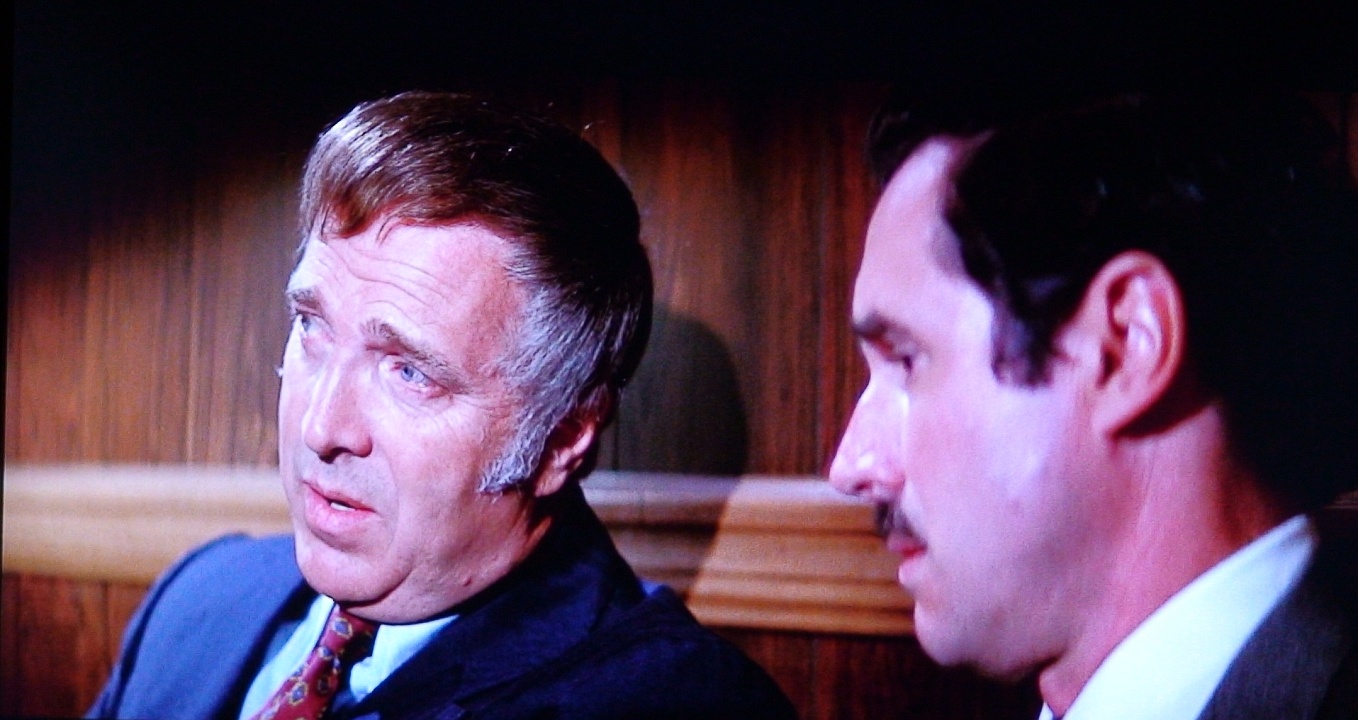
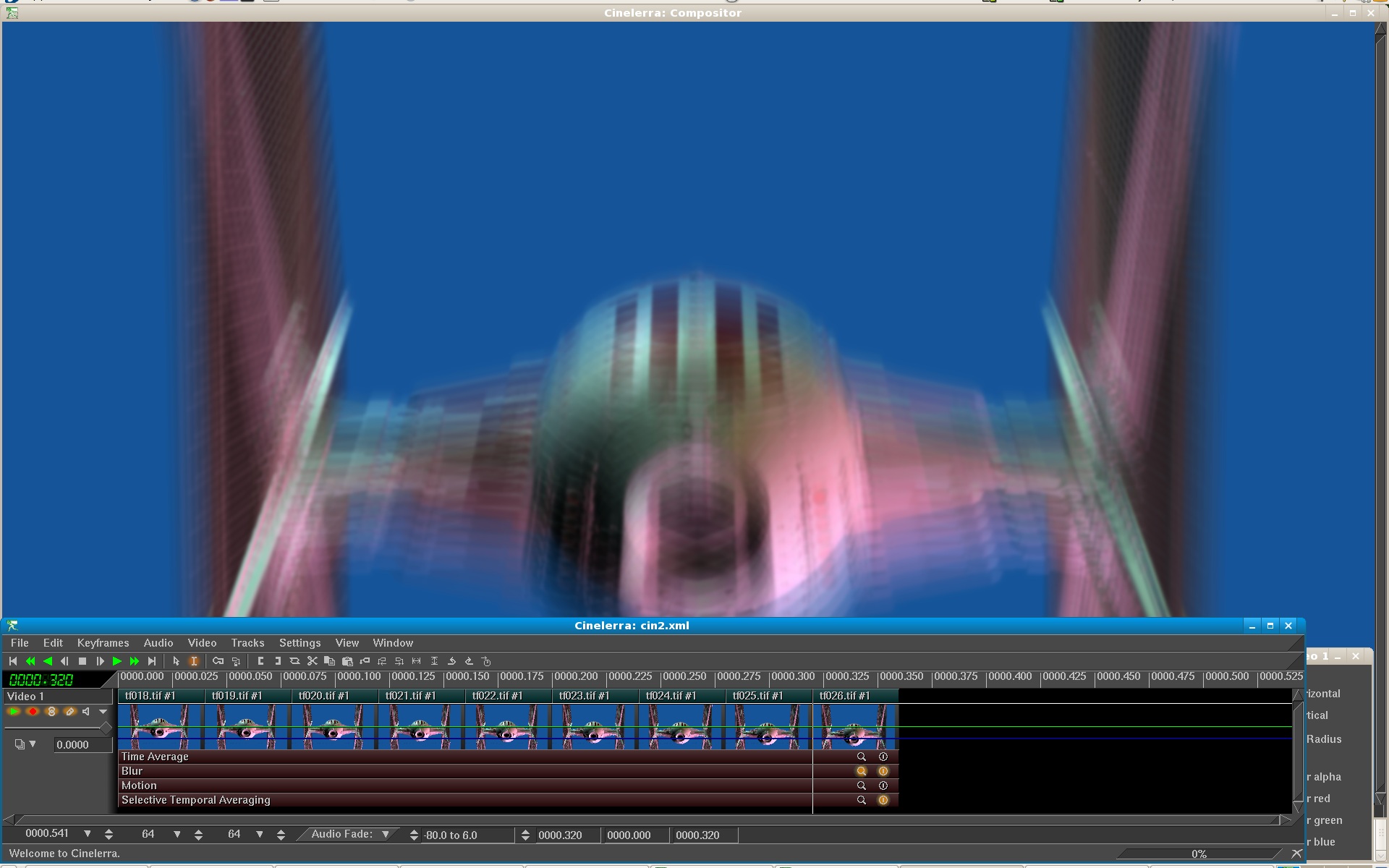
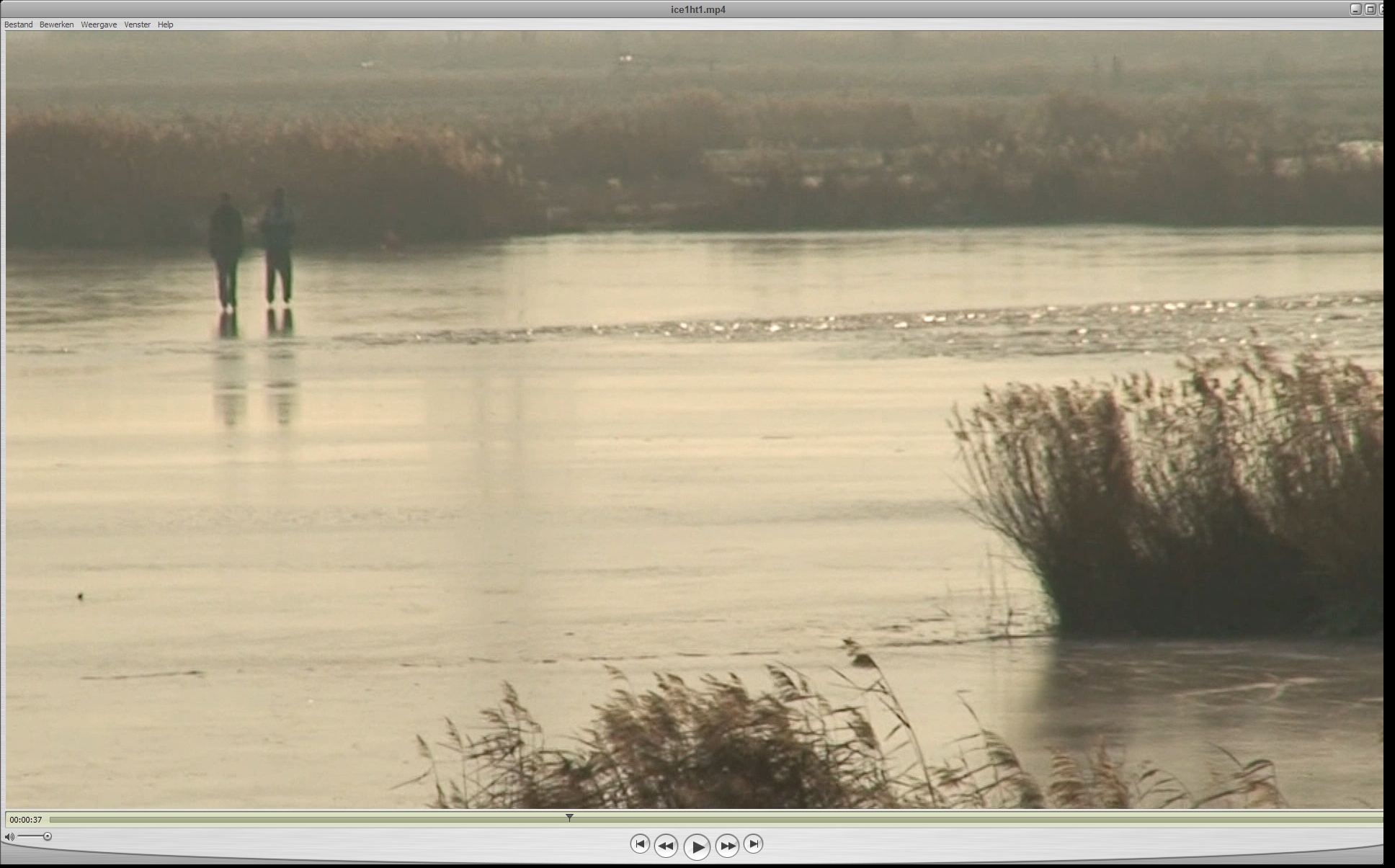


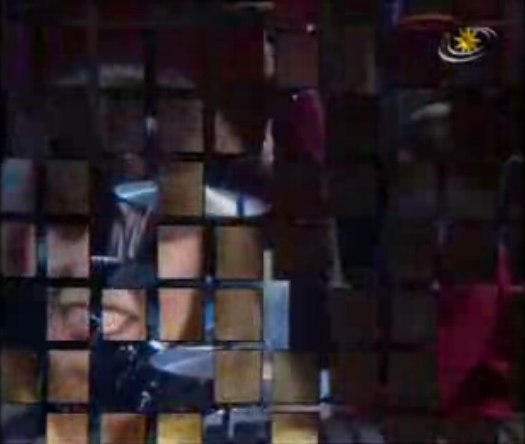
| Translated with Yahoo Babel Fish A geliefd construction object for microcontroller fans are a radio bell. In such a bell is small recipient with coordinated ferrietantenne built in, who the indicator of the reference tijdzender DCF77 in Mainflingen (d) receive. The received indicators be possible by the microcontroller become processes and reflected on a posting. The reception quality of commercial DCF77-printjes is proportional with the price. But under very bad circumstances to leave even the best recipients knowing. A small selective preamplifier outcome frequently offers in such a case. The original ferrietantenne of the DCFontvangertje are separately soldered of recipient and connected on the entrance of this preamplifier. The entrance has equipped with source-volger (T1), so that the coordinated ring hardly subdued becomes. A bipolar transistor (T2) takes the strengthening (approximately 5 dB) at its expense. The termination indicator becomes by means of transformer ingekoppeld on the original entrance of the recipient. secondary winding of these transfor mator form with C4 and C5 coordinated ring which on the draaggolffrequentie afgeregeld must become. For the afregelen oscilloscoop are necessary. It is also terrible skilful to having know concerning a function generator which sinusvormig indicator of 77.5 kHz can provide. The indicator becomes with an amplitude offered of some millivolts on original antenna entrance. The oscilloscoop become parallel to coordinated ring (C4 and C5) connected. With C5 becomes now afgeregeld on maximum amplitude. The transformer must be this way chosen that it is possible to the correct frequency gear. In the prototype a core was used FT50-77 of Amidon, on which two time 57 convolutions was introduced. It is use also possible of a reel core with uitdraaibare a core. Then the ring can be coordinated with that and the trimmer is not necessary. |
Original from Elektuur magazine Een geliefd bouwobject voor microcontroller- fans is een radioklok. In zo’n klok is een kleine ontvanger met afgestemde ferrietantenne ingebouwd, die het signaal van de referentie-tijdzender DCF77 in Mainflingen (D) ontvangt. De ontvangen signalen kunnen door de microcontroller worden verwerkt en weergegeven op een display. De ontvangstkwaliteit van commerciële DCF77-printjes is evenredig met de prijs. Maar onder erg slechte omstandigheden laten zelfs de beste ontvangers het afweten. Een kleine selectieve voorversterker biedt in zo’n geval vaak uitkomst. De originele ferrietantenne van het DCFontvangertje wordt los gesoldeerd van de ontvanger en aangesloten op de ingang van deze voorversterker. De ingang is uitgerust met een source-volger (T1), zodat de afgestemde kring nauwelijks gedempt wordt. Een bipolaire transistor (T2) neemt de versterking (circa 5 dB) voor zijn rekening. Het uitgangssignaal wordt via een transformator ingekoppeld op de oorspronkelijke ingang van de ontvanger. De secundaire wikkeling van deze transfor- mator vormt met C4 en C5 weer een afgestemde kring die op de draaggolffrequentie moet worden afgeregeld. Voor het afregelen is een oscilloscoop nodig. Het is ook erg handig om te beschik- ken over een functiegenerator die een sinusvormig signaal van 77,5 kHz kan leveren. Het signaal wordt met een amplitude van enkele millivolts aangeboden op de oorspronkelijke antenne-ingang. De oscilloscoop wordt parallel aan de afgestemde kring (C4 en C5) aangesloten. Met C5 wordt nu afgeregeld op maximale amplitude. De transformator moet zo gekozen worden dat het mogelijk is om op de juiste frequentie in te stellen. In het prototype werd een kern FT50-77 van Amidon gebruikt, waarop twee maal 57 windingen werden aangebracht. Het is ook mogelijk gebruik te maken van een spoelkern met een uitdraaibare kern. Dan kan de kring daarmee afgestemd worden en is de trimmer niet nodig. |
Translated with Google Translate A popular item for building micro - fans is a clock radio. In such a small clock recipient concerted ferry operator enne built by the signal the reference time transmitter DCF77 in Mainflingen (D) receives. The signals received the microcontroller can be processed and displayed on a monitor. The reception quality of commercial DCF77-prints is proportional to the price. But under very poor conditions even the best receivers failed. A small pre-selective offers often result in such a case. The original ferry operator of the DCFontvangertje enne is independent of the soldered receiver and connected to the input of this preamplifier. The entrance is equipped a source follower (T1), so the concerted circle barely muted is. A bipolar transistor (T2) is strengthening (about 5 dB) on his behalf. The output is through a transformer ingekoppeld to the original from the receiver. The secondary winding of the trans - mator with C4 and C5 is a concerted group on the carrier frequency should be adjusted. The setting is an oscilloscope necessary. It is also very useful to decision - know about a function generator that sinusoidal signal of 77.5 kHz can make. The signal with an amplitude of a few milliseconds offered on the Volt original antenna input. The oscilloscope is parallel to the concerted circuit (C4 and C5) connected. With C5 is now tuned to maximum amplitude. The transformer should be chosen that it is possible to the correct frequency it. The prototype was a key Amidon FT50-77, to which two windings were made 57 times. It is also possible to use a coil core with a print equivalent core. Then the circle so closely and the trimmer is not necessary. |
